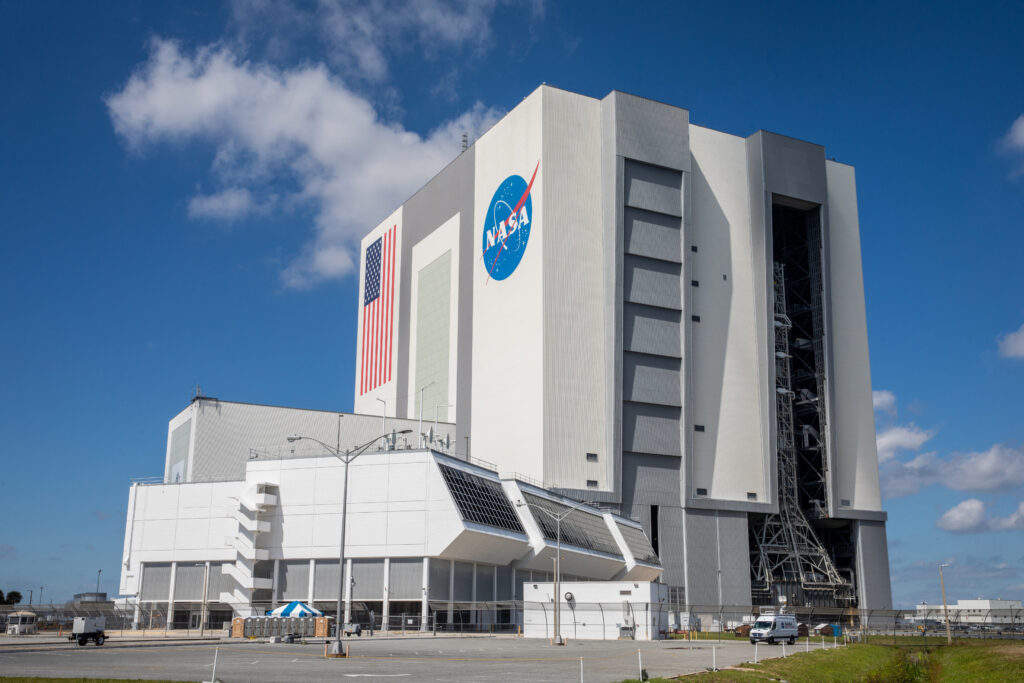A draft budget from the White House proposes significant cuts to NASA’s Earth Sciences division, which is central to the agency’s climate research efforts. The proposed budget would reduce funding for NASA’s Science Mission Directorate to $3.9 billion, down from approximately $7.3 billion. These cuts could force the shutdown of numerous Earth science satellites critical for monitoring environmental changes.
The proposed fiscal year 2026 budget by President Trump includes a $5 billion cut to NASA, reducing its science mission directorate budget by 47% from $7.5 billion to $3.9 billion. This dramatic reduction would significantly impact NASA’s capabilities, potentially terminating most future science projects and robotic missions, such as the Mars Sample Return and DAVINCI Venus missions. The Planetary Society warns that such cuts could “plunge NASA into a dark age,” waste billions already invested, disrupt international collaborations, and cede U.S. leadership in space science. One of the most severe consequences would be the complete shutdown of the Goddard Space Flight Center in Maryland, NASA’s largest science hub, affecting 10,000 jobs and critical scientific infrastructure.

The Trump administration is planning significant budget cuts to two major US scientific agencies, the National Oceanic and Atmospheric Administration (NOAA) and NASA, as revealed in internal documents. The proposed cuts target programs focused on climate, weather, and ocean research, with NOAA’s Office of Oceanic and Atmospheric Research facing a 65% reduction—from $485 million to $171 million—effectively dismantling its operations. Additional cuts would affect the National Marine Fisheries Service, NOAA’s climate research grants, and the National Ocean Service. At NASA, funding for planetary, earth, and astrophysics research is expected to be halved, and several major missions, including the Nancy Grace Roman Space Telescope, Mars Sample Return, and Davinci mission to Venus, could be scrapped. The Goddard Space Flight Center may also be closed. Experts and former officials warn the reductions would jeopardize public safety, economic stability, and scientific advancement, with wide-reaching effects across various sectors. While the proposal is not final and requires Congressional approval, critics argue the plan undermines evidence-based policy and could have catastrophic consequences for both national and global efforts to address climate change.
While the budget proposal is not final and requires Congressional approval, it has already sparked significant concern among scientists and policymakers. Representative Zoe Lofgren, a leading Democrat on the House Science, Space and Technology Committee, vowed to challenge the proposed reductions, calling the plan “idiotic.” The move has sparked concern among the scientific community and policymakers about the future of U.S. climate research capabilities.

The proposed cuts have also drawn criticism from international partners and scientific organizations. The Planetary Society warns that such cuts could “plunge NASA into a dark age,” waste billions already invested, disrupt international collaborations, and cede U.S. leadership in space science. One of the most severe consequences would be the complete shutdown of the Goddard Space Flight Center in Maryland, NASA’s largest science hub, affecting 10,000 jobs and critical scientific infrastructure.
As the budget proposal moves through the legislative process, the scientific community and concerned citizens are mobilizing to advocate for the preservation of critical research programs that underpin our understanding of Earth’s climate and the broader universe.







More Stories
Maithili Thakur: From Folk Singing Sensation to Rising Political Star
Mysuru Dasara: The Royal Festival of Karnataka – History, Culture, and Celebration
Blood Moon Over Sydney: Unveiling the Celestial Show with Telephoto Magic